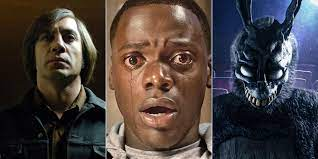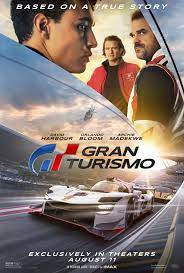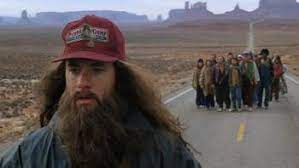Genre Conventions: Thriller
Camera Angles
Common camera angles in
Thrillers are high angles, close ups, and tilted. The high angle makes the
actor in the camera look vulnerable. Close-ups shows really what the actor's
reaction is and how they are feeling. A tilted shot adds dramatic tension to
the scene.
Camera Shots
Long shots and over the
shoulder shots are commonly used in Thrillers. Long shots in Thrillers are used
to make something feel far away or unobtainable. The over the shoulder shot
builds up tension and suspense.
Camera Movements
A commonly used camera
movement in Thrillers is tracking.
Tracking is used to make an actor look as if they are being watched or
followed.
Mis-En-Scene
In a thriller the costumes
are commonly casual. The lighting is usually dim and low. The acting is
traditionally worried, scared, and concerned. Commonly low to no make up. Props
in thrillers are traditionally weapons for either the protagonist or the
antagonist to use. The setting is usually scary, small and dark.
Sound
Common music in Thrillers are
suspending music. Common sound effects are small noises increased to loud
volume and loud noises.
Editing
The editing commonly used in
thrillers is parallel editing. It creates suspense, tension, and also conveys
the emotions of the actor.
Example of Thriller Movies
·
Jurassic World
·
Countdown
·
Fantasy Island
Elements of the Genre
I like that a thriller is very suspenseful and how the tension grows throughout the movie. A thriller allows for the viewer to question what’s going to happen next while they are afraid of what they are looking at. I don’t like how thrillers are very reliant on the actor’s emotions and reactions. I also don’t like how the setting is usually small place



Comments
Post a Comment